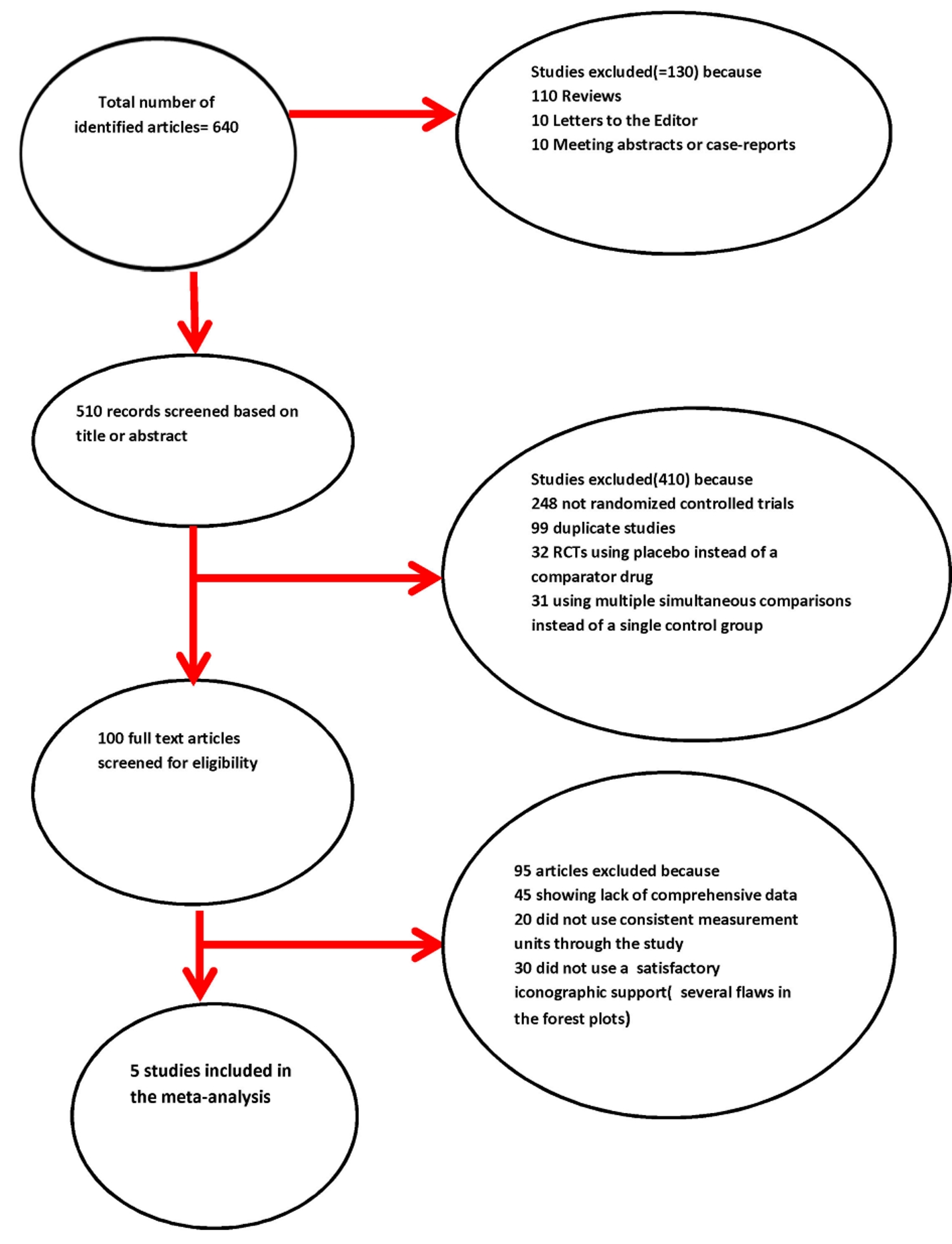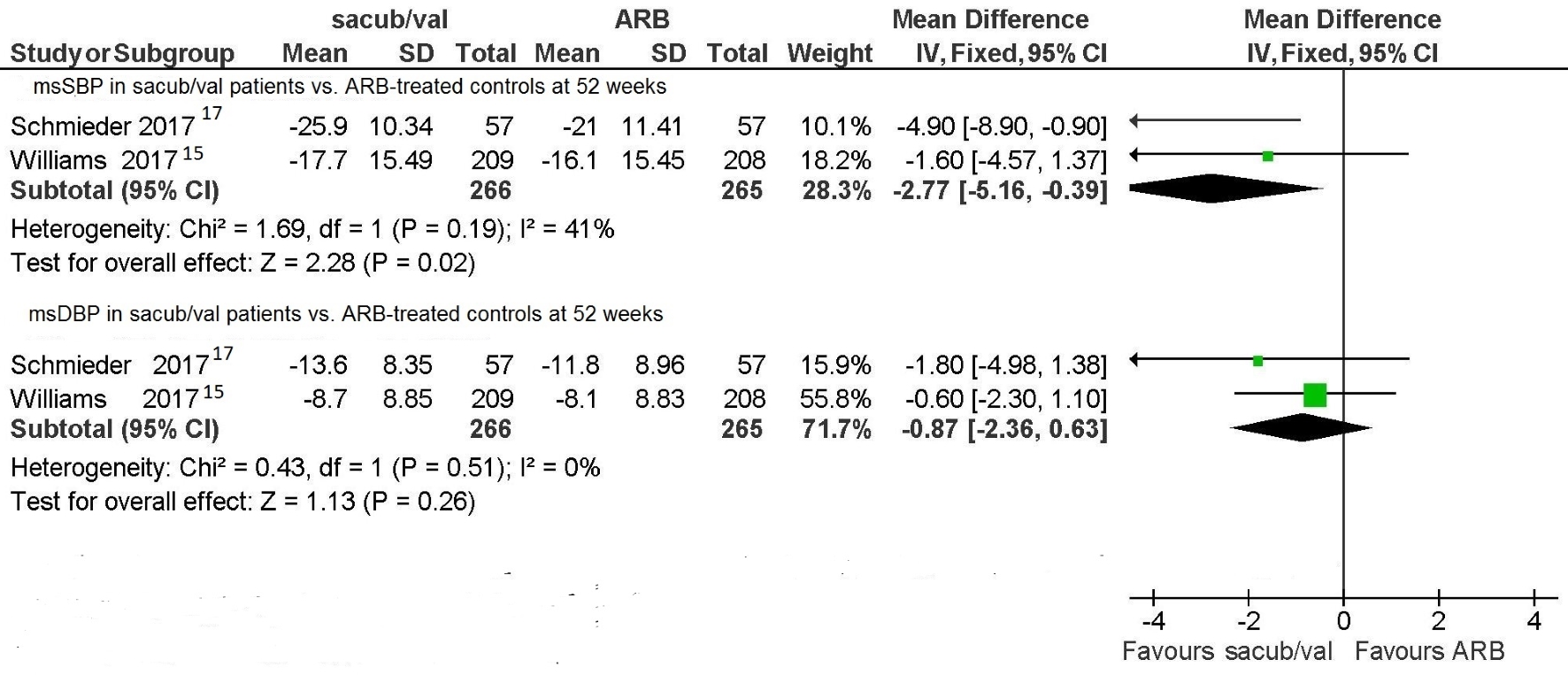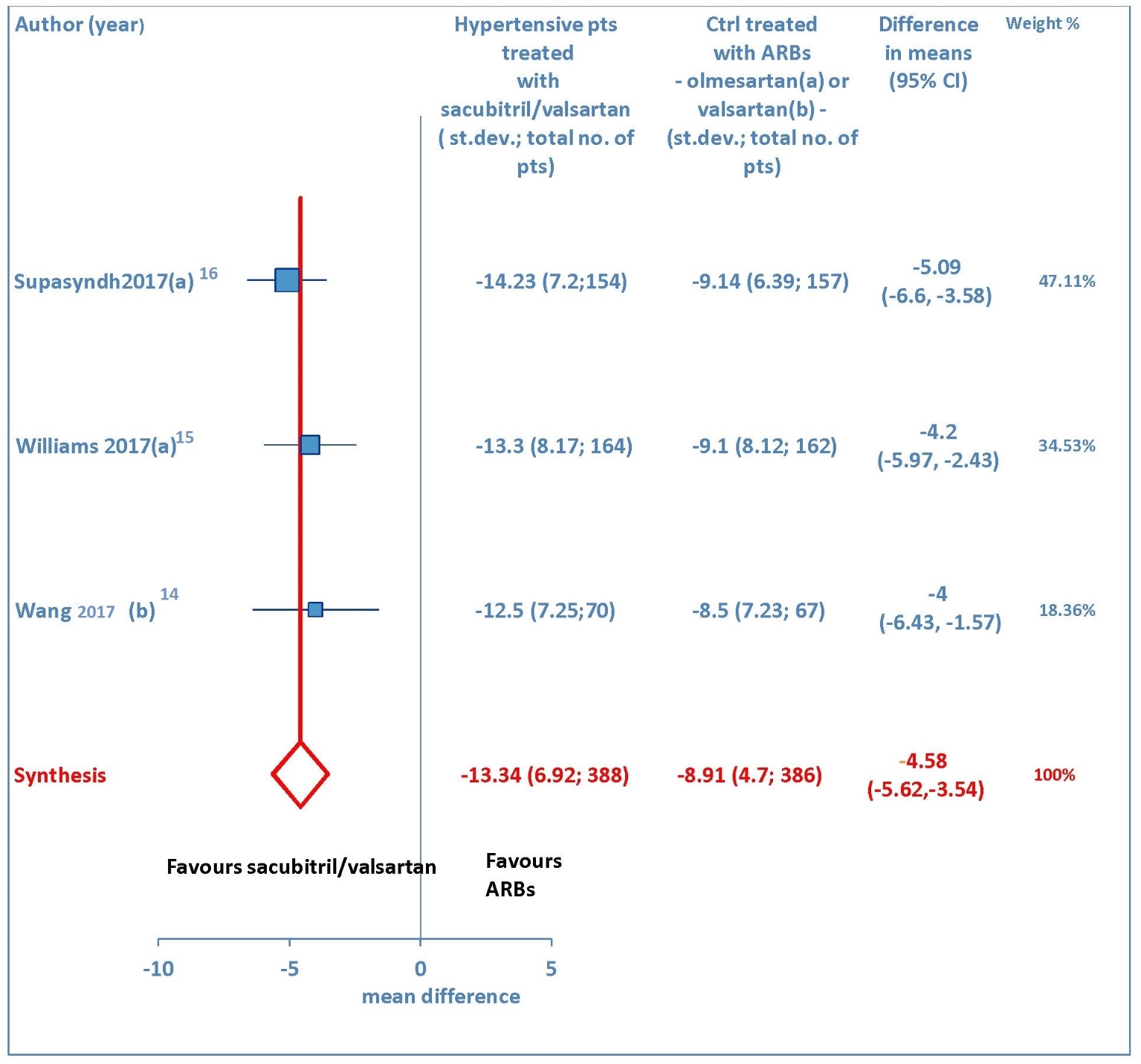
Figure 1. Quality of Reporting of Meta-analyses (QUOROM) statement’s flow chart.
| Cardiology Research, ISSN 1923-2829 print, 1923-2837 online, Open Access |
| Article copyright, the authors; Journal compilation copyright, Cardiol Res and Elmer Press Inc |
| Journal website http://www.cardiologyres.org |
Original Article
Volume 10, Number 1, February 2019, pages 24-33
Anti-Hypertensive Effect of Sacubitril/Valsartan: A Meta-Analysis of Randomized Controlled Trials
Figures







Tables
| Study | Williams et al, 2017 [15] | Supasyndh et al, 2017 [16] | Schmieder et al, 2017 [17] | Wang et al, 2017 [14] | Izzo et al, 2017 [13] |
|---|---|---|---|---|---|
| (a) Olmesartan was used as a comparator drug. (b) Valsartan was used as a comparator drug. DB: double blind; RCT: randomized controlled trial; ARB: angiotensin receptor blocker; QD: every day; BP: blood pressure. | |||||
| Type of study | Monotherapy only, drug comparison, multicenter | Monotherapy only, drug comparison, multicenter | Monotherapy or combination therapy with amlodipine, drug comparison, multicenter | Monotherapy only, drug comparison, multicenter | Monotherapy only, drug comparison, multicenter |
| Blind | DB | DB | DB | DB | DB |
| RCT | Yes | Yes | Yes | Yes | Yes |
| Comparisons | Sacub/v vs. olmesartan | Sacub/v vs. olmesartan | Sacub/v vs. olmesartan | Sacub/v vs. valsartan | Sacub/v vs. valsartan |
| Number of patients | 454 | 588 | 114 | 72 | 285 |
| Study duration (weeks) | 12 - 52 | 14 | 12 - 52 | 4 | 8 |
| Doses of sacubitril/valsartan per day | 200 or 400 mg | 100, 200 or 400 mg | 200 or 400 mg plus optional amlodipine, up to 10 mg QD, only if needed for BP control | 400 mg | 400 mg |
| Doses of ARB per day | 20 or 40 mg (a) | 10, 20 or 40 mg (a) | 20 or 40 mg (a) plus optional amlodipine, up to 10 mg QD, only if needed for BP control | 320 mg (b) | 320 mg (b) |
| Study | Williams et al, 2017 [15] | Supasyndh et al, 2017 [16] | Schmieder et al, 2017 [17] | Wang et al, 2017 [14] | Izzo et al, 2017 [13] |
|---|---|---|---|---|---|
| sacub val: sacubitril/valsartan; SD: standard deviation; BMI: body mass index; SBP: systolic blood pressure; DBP: diastolic blood pressure; AEs: adverse events; NA: not available; msSBP: mean reduction in sitting systolic blood pressure; msDBP: mean reduction in sitting diastolic blood pressure; maSBP: mean reduction in ambulatory systolic blood pressure; maDBP: mean reduction in ambulatory diastolic blood pressure. | |||||
| Age (years) (sacub val/controls, mean ± SD) | 68.2 ± 5.73/67.2 ± 5.97 | 70.5 ± 4.67/70.9 ± 4.67 | 60.5 ± 7.8/59.2 ± 13.1 | 55.7 ± 12.5/58.9 ± 7.5 | Mean 61 |
| Men (sacub val/controls, %) | 52/52.4 | 48/52.1 | 64.9/70.2 | 64/64 | NA |
| BMI (sacub val/controls, kg/m2, mean ± SD) | 27.4 ± 4.5/28.1 ± 4.9 | 23.4 ± 4.15/23.6 ± 3.15 | 29.1 ± 5.6/29.6 ± 4.2 | 25.4 ± 5.1/26.7 ± 2.3 | Mean 27.9 |
| Baseline SBP (sacub val/controls, mm Hg, mean ± SD) | 160.4 ± 12.32/160.8 ± 15.6 | 159.5 ± 8.41/158.0 ± 6.95 | 160.3 ± 7.2/161.9 ± 8.2 | 158.5 ± 8.6/159.5 ± 7.2 | NA |
| Baseline DBP (sacub val/controls, mmHg, mean ± SD) | 85.8 ± 8.62/85.8 ± 8.6 | 85.5 ± 4.43/85.9 ± 6.7 | 86.7 ± 7.5/87 ± 5 | 85.2 ± 5.6/86.0 ± 5.3 | NA |
| Outcomes | msSBP, msDBP, maSBP, maDBP, AEs | msSBP, msDBP, maSBP, maDBP, AEs | msSBP, msDBP | msSBP, msDBP, maSBP, maDBP, AEs | msSBP, msDBP, AEs |